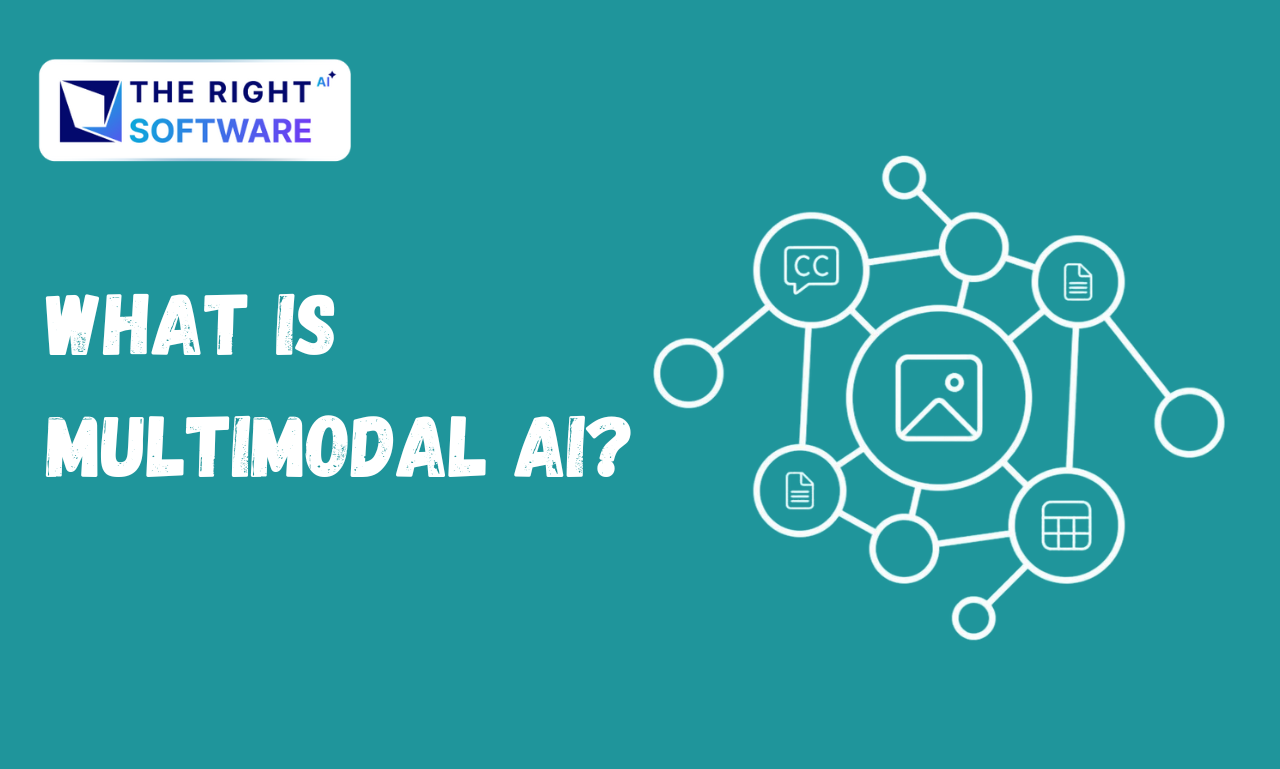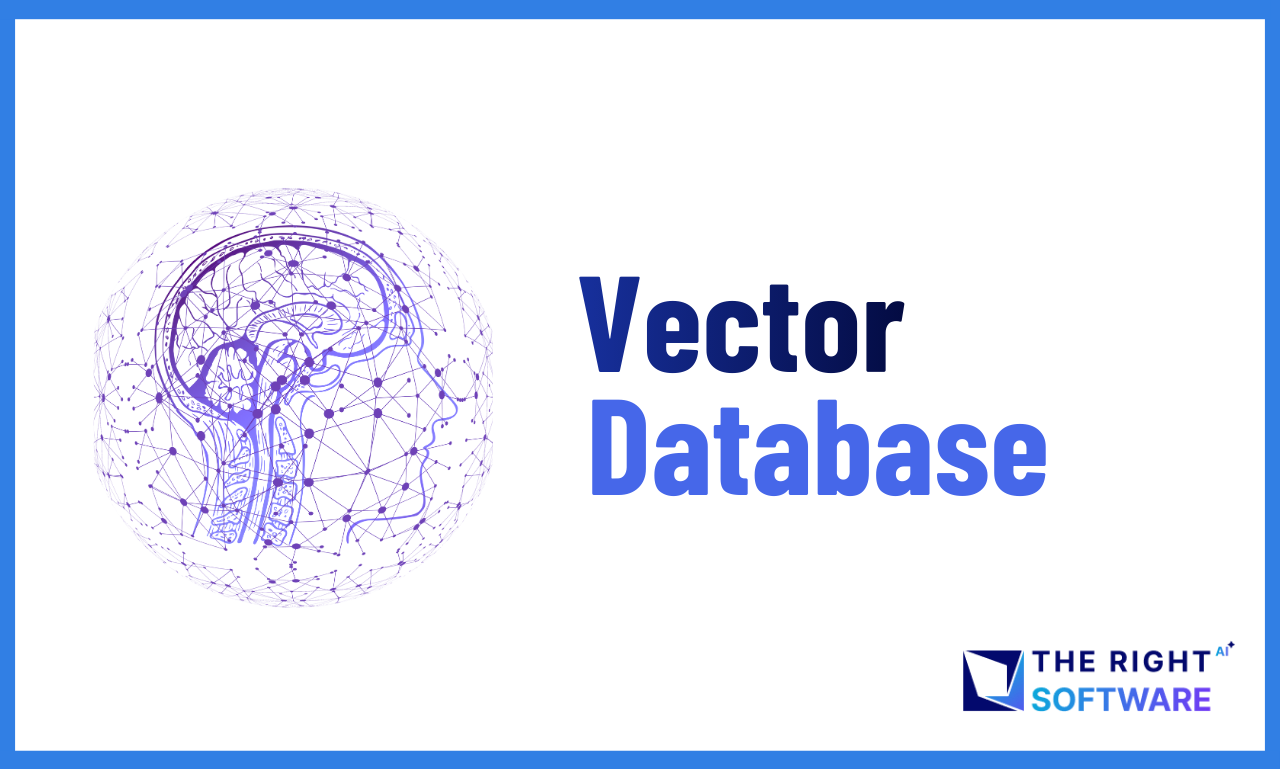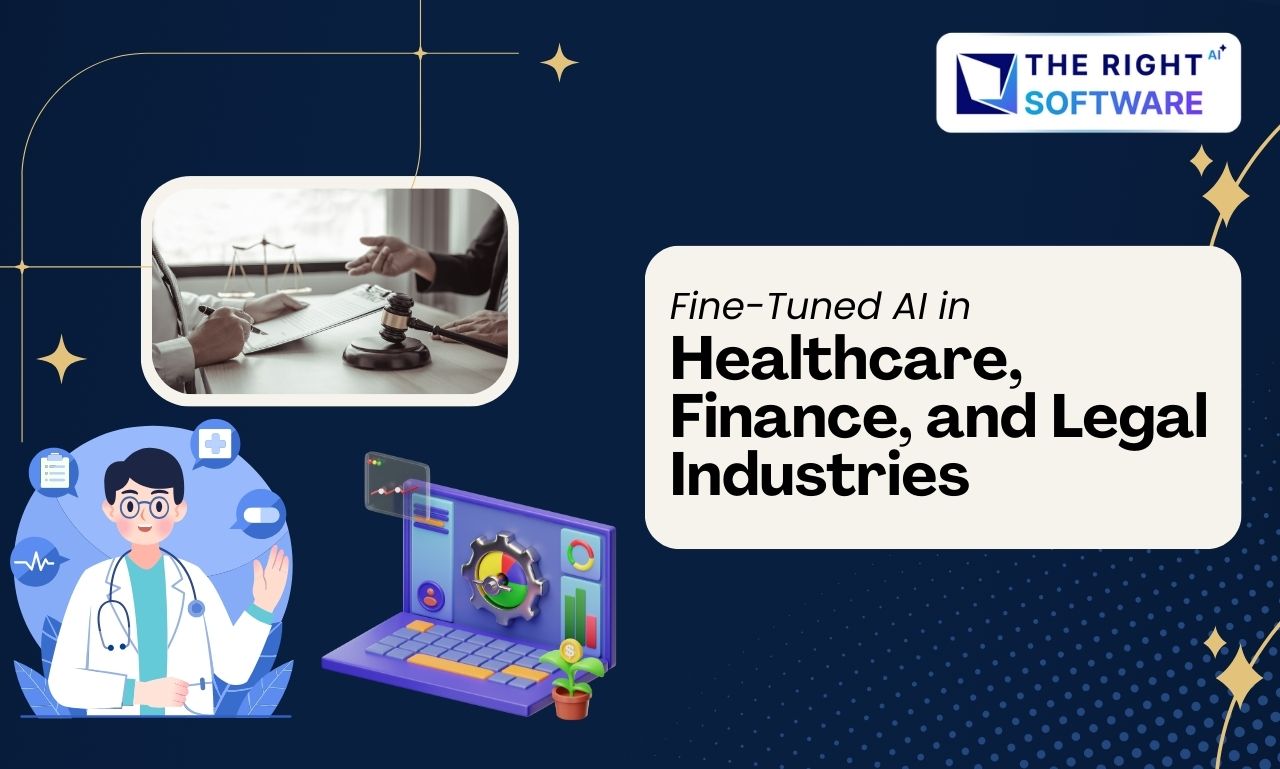In recent years, artificial intelligence has evolved beyond text and numbers. It now listens, watches, reads, and even understands context from multiple sources at once.
That’s the magic of Multimodal AI — an advanced form of artificial intelligence that can process more than one type of input (text, image, audio, video, and more) to make smarter decisions and deliver human-like responses.
Think of it as the next chapter in AI evolution — where machines no longer rely on a single stream of data but combine various types of information just like humans do.
At The Right Software, we see multimodal AI as a game-changer for how businesses operate, analyze data, and interact with their customers. Whether it’s an eCommerce chatbot that understands a photo and text together or a healthcare app interpreting medical images and patient notes, multimodal systems bring intelligence closer to reality.
Introduction: Why Multimodal AI Matters
Traditional AI systems were good at one thing at a time — for instance, recognizing speech or analyzing text.
But human intelligence doesn’t work that way. When you see a photo, hear a sound, or read a sentence, your brain merges these inputs to understand the full context.
Multimodal AI does the same. It merges different data types into one unified understanding.
Let’s say a user uploads an image of a broken laptop and types “It’s not turning on.”
A multimodal AI model doesn’t just see the laptop — it connects the image with the text description to identify potential issues, like a damaged charging port or screen malfunction.
That level of understanding is what makes this technology revolutionary for industries like eCommerce, healthcare, marketing, and education.
Section 1: What Exactly Is Multimodal AI?
Multimodal AI refers to artificial intelligence systems capable of analyzing and integrating information from multiple modalities — such as text, audio, images, video, and sensor data — to understand context, reason effectively, and generate accurate outputs.
A Simple Example
Imagine you’re using an app that helps identify plants.
You upload a picture of a leaf (image input), type “Found this near my garden” (text input), and the app responds with:
“This is a basil leaf, commonly grown in home gardens.”
The AI processed both your photo and your words to give a context-aware response. That’s multimodal intelligence at work.
How It Differs from Unimodal AI
| Feature | Unimodal AI | Multimodal AI |
|---|---|---|
| Input Type | Single (e.g., only text or only image) | Multiple (text + image + video, etc.) |
| Understanding | Limited to one form of data | Combines different contexts |
| Example | ChatGPT (text-only) | GPT-4V, Gemini, or CLIP (text + image) |
How It Works (Simplified)
Input Collection: The AI gathers different data types — such as a voice note, image, and text query.
Feature Extraction: Each input is converted into a mathematical representation (called embedding).
Fusion Layer: These embeddings are merged using neural networks.
Decision Making: The AI generates a unified understanding and provides a contextually relevant response.
Explore: A Chrome Extension Case Study: How The Right Software Leverages AI for Rapid Product Development
Section 2: Evolution of Multimodal AI — From Single Input to Multi-Sensory
AI started simple — understanding text or recognizing images. But as data grew more complex, so did AI’s need to handle it.
Here’s a quick journey through that evolution:
Phase 1: Text-Based Intelligence
Early models like chatbots and search engines could only process written text. They understood syntax but lacked depth and context.
Phase 2: Vision-Based Models
Image recognition systems emerged — capable of detecting faces, objects, and handwriting. But they couldn’t connect visuals with meaning or words.
Phase 3: Audio & Speech Models
Voice assistants like Siri or Alexa introduced sound processing but operated separately from text or visuals.
Phase 4: Multimodal Fusion
Now, AI models like OpenAI’s GPT-4V, Google Gemini, and Meta’s ImageBind combine all these elements — creating AI that “sees,” “hears,” “reads,” and “reasons.”
Real-World Momentum
According to a 2024 Gartner report, multimodal AI will power over 60% of new business AI applications by 2026. That means industries are already transitioning from traditional models to context-rich, multimodal systems.
Section 3: Key Applications of Multimodal AI Across Industries
Multimodal AI isn’t just a buzzword — it’s transforming how businesses work.
1. Customer Support & Chatbots
Multimodal AI enables smarter customer interactions.
For example, a user can send a photo of a damaged product, and the chatbot understands the image and the accompanying text to generate the right solution.
Business Impact: Faster support, reduced human intervention, and improved user satisfaction.
2. Healthcare Diagnostics
Doctors can input X-ray images along with patient descriptions, and multimodal systems can assist in diagnosis by analyzing both visual and textual data.
Example: Detecting pneumonia from an X-ray while also factoring in patient-reported symptoms.
Business Impact: Increased diagnostic accuracy and reduced workload for medical professionals.
3. eCommerce & Retail
Ever searched “shoes like this” after uploading a picture?
That’s multimodal AI in action. It analyzes the image and text queries to find visually and semantically similar products.
Business Impact: Better product recommendations, higher conversions, and personalized shopping experiences.
4. Marketing & Creative Content
Brands now use multimodal tools to generate ads, videos, and product visuals using combined inputs. For example, a marketer types “a futuristic workspace with AI-powered gadgets” and uploads a reference image — the system generates realistic visuals for campaigns.
Business Impact: Accelerated content creation, reduced design costs, and creativity at scale.
5. Autonomous Vehicles
Self-driving cars rely on multimodal intelligence — combining camera feeds, radar, and sensor data to make real-time driving decisions.
Business Impact: Safer navigation, predictive analytics, and improved automation reliability.
6. Education & Training
AI-powered learning tools can process text, speech, and video simultaneously — enabling more personalized learning experiences.
Example: A student uploads an assignment, speaks a question, and the system provides voice-based and written feedback together.
Section 4: The Technology Behind Multimodal AI
Under the hood, multimodal systems rely on a combination of deep learning, transformers, and neural embeddings.
Core Technologies
Transformers: Neural network architectures that allow AI to understand relationships between different types of data.
Embedding Models: Convert text, image, or audio into numerical form that AI can process.
Cross-Attention Mechanisms: Help the model understand how one modality relates to another (e.g., how text describes an image).
Example in Practice
When you ask, “What’s happening in this picture?” and upload an image, the AI model uses:
Vision Encoder to analyze the photo.
Text Decoder to generate a response.
Cross-Attention to connect visual cues to textual meaning.
The result? A descriptive, human-like explanation.
Section 5: Benefits of Multimodal AI for Businesses
Multimodal AI offers tangible value for companies looking to innovate, automate, and engage better.
1. Improved Decision-Making
By combining multiple inputs, businesses gain a 360° view of data — leading to more informed and accurate decisions.
2. Enhanced User Experiences
Users no longer need to type long queries. They can interact naturally using images, voice, or gestures.
3. Faster Data Processing
Multimodal systems process and correlate data types simultaneously, reducing manual analysis time.
4. New Product Possibilities
Companies can develop smarter apps — such as AI-powered design tools, intelligent tutors, or emotion-detecting feedback systems.
5. Competitive Advantage
Organizations adopting multimodal AI early are more likely to stand out with smarter automation and superior personalization.
Section 6: Challenges and Ethical Considerations
While multimodal AI offers immense promise, it’s not without challenges.
Technical Challenges
Data Alignment: Ensuring that different data types are synchronized correctly.
Model Complexity: Building systems that balance accuracy with efficiency.
Computation Costs: Multimodal models require more processing power.
Ethical Considerations
Data Alignment: Ensuring that different data types are synchronized correctly.
Model Complexity: Building systems that balance accuracy with efficiency.
Computation Costs: Multimodal models require more processing power.
At The Right Software, we believe responsible AI adoption means focusing on fairness, transparency, and value creation — not just automation.
Section 7: The Future of Multimodal AI
The future points toward AI that understands the world like humans do — contextually and visually.
By 2030, experts predict that multimodal AI will be integrated into 80% of business apps, making interfaces smarter, interactions natural, and data-driven insights richer.
We’ll see:
Virtual assistants that interpret tone, emotion, and visual cues.
AI-driven tools that read documents, analyze charts, and provide summaries in seconds.
Real-time translation of videos and conversations for global collaboration.
This is not science fiction — it’s the direction technology is already heading.
Conclusion: Smarter AI, Smarter Business
Multimodal AI marks a turning point in how humans and machines interact.
It’s no longer about what data AI receives, but how it connects everything together — to think, respond, and assist intelligently.
At The Right Software, we help companies harness emerging technologies like AI and automation to turn possibilities into real-world applications — from intelligent chatbots to advanced analytics platforms.
Ready to bring AI-driven innovation to your business? Contact The Right Software today to discuss how we can build custom, intelligent solutions tailored to your goals.





